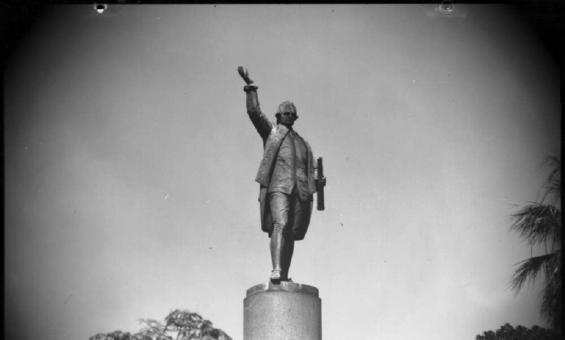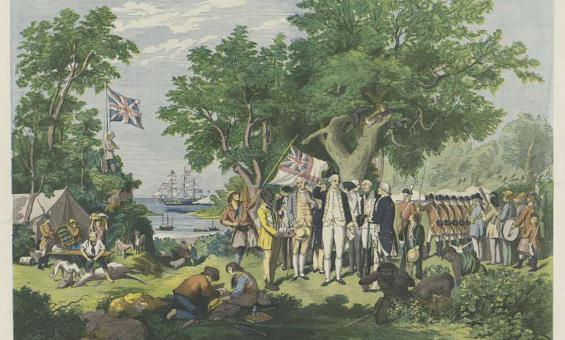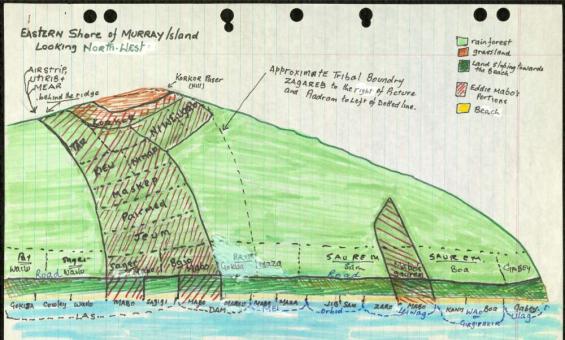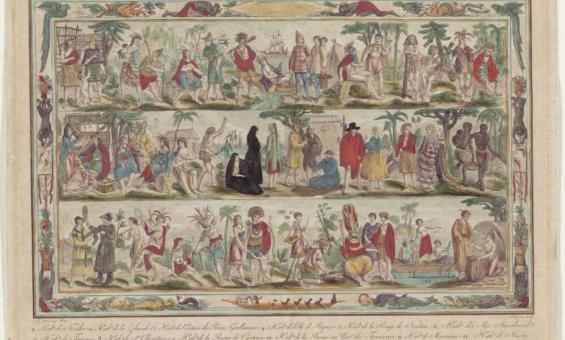Digital Classroom

Frank Hurley & Thomas Woolner, Captain Cook's Statue, Hyde Park, Sydney, 1, 1910, nla.gov.au/nla.obj-160162538

Frank Hurley & Thomas Woolner, Captain Cook's Statue, Hyde Park, Sydney, 1, 1910, nla.gov.au/nla.obj-160162538

Calvert, Samuel & Gilfillan, J. A., Captain Cook taking possession of the Australian continent on behalf of the British crown, AD 1770, under the name of New South Wales, 1865, nla.gov.au/nla.obj-135699884

Joseph Lycett & Joseph Lycett, Aborigines resting by camp fire, near the mouth of the Hunter River, Newcastle, New South Wales, 1817, nla.gov.au/nla.obj-138500420

Supreme Court and Australia High Court (1981) Papers of Bryan Keon-Cohen [manuscript]: the Mabo case, 1981-2000, nla.gov.au/nla.obj-224081463

Antoine Phelippeaux & Jacques Grasset de Saint-Sauveur, Tableau des decouvertes du Capne. Cook & de la Perouse. (1798). Tableau des decouvertes du Capne. Cook & de la Perouse, nla.gov.au/nla.obj-135227083